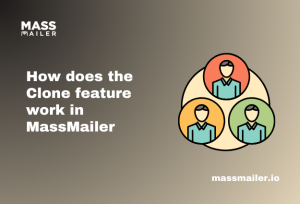Table of Contents
When you start with MassMailer, you can, at that very instant, override the email limitations of Salesforce. However, if you start sending out vast volumes of emails right away, you will not get the results you expect.
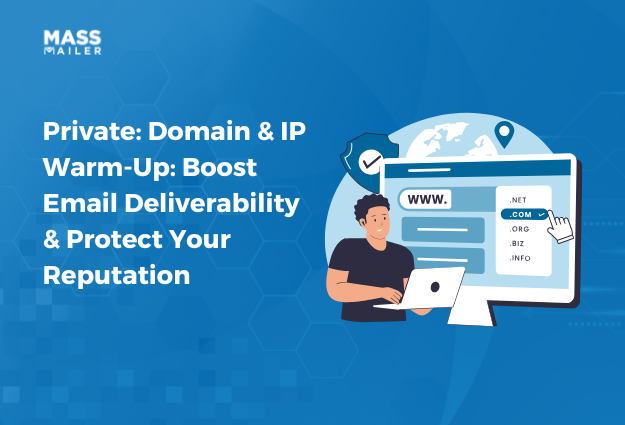
The reason is that, as a new MassMailer user, you are always assigned a new IP address (in some cases, a new domain too). As a result, ISPs like Google, Yahoo, or Outlook cannot determine whether you are a genuine business or a spammer due to the lack of a sending history.
When you start blasting emails right away, these ISPs will most likely flag your new domain or IP as being suspicious, and your emails will never reach their intended recipients. This is when you need a domain and IP warm-up process.
This blog will explain what the domain and IP warm-up process is, why it’s important, and how the process works in Massmailer.
What Is Domain And IP Warmup, and Why Is It Needed?
Think of your credit score. It’s a record of your repayment history that tells lenders if you are a reliable borrower or a risky one. A good credit score (which takes time to build) will greatly improve your chances of getting a loan approved. A poor credit score will mostly get your application rejected.
Similarly, every major ISP assigns a score to every IP and domain that determines its trustworthiness, known as an IP or Domain reputation. When you have a new IP or domain, these ISPs have no record of your sending behavior and how your recipients are responding to your emails.
At this phase, if you start sending out mass emails, you are flagged as a suspicious sender and your emails risk being filtered into spam folders or being blocked entirely. The Domain and IP warmup process helps you avoid this situation using a systematic process to build a solid domain and IP reputation from the get-go.
How Does the Process Work in Mass Mailer?
MassMailer’s warm-up process involves sending a small number of emails from your email address to a curated list of addresses and gradually increasing volumes over time. The recommended time duration is about six weeks, and email volumes should be scaled up by no more than 25%.
Here’s a sample of how your volumes should increase over the couple of weeks –
| Type of Sender | Volume on Day 1 | Approx. Volume After 3 Weeks |
|---|---|---|
| Low-volume sender | 100 emails | ~8000 emails |
| Medium-volume sender | 250 emails | ~21000 emails |
| High-volume sender | 1000–2000 emails | Tens of thousands |
Now, MassMailer offers its users two options for Domain and IP warmup.
Manual Warm Up
Under the manual warm-up option, you manage everything yourself. This includes setting the daily volumes, choosing your sender’s list, and tracking engagements.
The best part? It gives you the most flexibility, depending on the bounce and open rates of your emails.
The downside of this process is that it requires a ton of planning on your part, along with constant monitoring. What’s more, if you are inconsistent with email volumes or even skip a day of the warmup process, you can undo weeks of progress.
Automated Warm Up
The Automated warm-up is a feature built into MassMailer to help you take all of the burden of the manual process off your shoulders. Here, you only need to provide your email address and set up the DNS records; MassMailer does the rest.
MassMailer uses automation along with third-party tools for the warm-up process. Emails are sent to 1000-plus seeded accounts, and then positive user interactions (opens, clicks, replies) are simulated based on a predefined schedule.
If by any chance, the email lands in a seeded email’s spam folder, it is moved out of there, marked as important, and replied to as well. Depending on the volumes you will be sending, this process can start with one email a day with a set number of interactions to hundreds.
This approach takes the guesswork out of the equation and guarantees a consistent warm-up process.
Note – MassMailer generally assigns a dedicated IP to new users. In certain cases, you may be assigned Shared IPs, too.
Also Read – Pros And Cons of Shared IP vs Dedicated IP in Email Marketing
Best Practices to Follow for a Successful Domain and IP Warmup
Whether you go down the manual or automated route for the warm-up process. Always follow the following best practices to ensure this exercise goes flawlessly.
- Configure your DNS – Before you begin the warmup process, ensure that your DNS records (SPF, DKIM, DMARC) are configured correctly.
- Scale gradually – This is the golden rule to follow when it comes to the warm-up process. If you are doing the process manually, ensure that you don’t scale up your volumes more than 25% a day.
- Clean up your sender list – Clean up your email list to ensure that emails are going only to active and verified addresses. Use MassMailer’s in-built list verification tools to help you do this and avoid spam traps.
- Monitor your metrics consistently – Monitor key metrics like open rates, clicks, spam complaints, and bounces closely, especially if you are opting for the manual route, and adapt the warmup process accordingly.
- Monitor your IP and Domain Reputation periodically – Use tools like Google’s Postmaster to monitor your IP and Domain reputation periodically.
Also Read – Email Deliverability Best Practices to Follow in MassMailer
Building Trust, One Email at a Time
The domain and IP warm-up is the most important exercise you must undertake if you want a strong foundation for all your mass email campaigns. With MassMailer, the process is as simple as it can be, and when done right, it will cement your IP and domain as trustworthy in the eyes of the ISPs.
If you are a Salesforce user whose email campaigns are struggling due to the platform’s inherent limitations, you need MassMailer. It is a Salesforce native solution that helps provide you with the capability and the tools to run and manage mass email campaigns.
Request a free demo or explore its capabilities yourself with the 15-day free trial to understand its capabilities.
Frequently Asked Questions
What is the primary purpose of a Domain and IP warmup?
The main purposes of domain and IP warmup are to gradually establish the trustworthiness of your IP and Domain in the eyes of ISPs like Google, Yahoo, and Outlook.
My sending volumes are going to be very low. Can I skip the warm-up process?
Going through the warm-up process is still recommended even if you only intend to run small campaigns from your new IP. Without building a solid reputation, there is a high probability that your emails will be flagged as suspicious and will impact email deliverability.
Will the warm-up process improve my open rates?
Yes, you will see an improvement in open rates and engagement post the warm-up process. With an established IP and Domain reputation post the process, a majority of your emails will land in inboxes rather than spam folders, thus inadvertently improving engagement.
Can I finish the warm-up process sooner than four to six weeks?
While you can shorten the warmup process, it is not recommended. Rushing the process and sending large volumes too soon will trigger the spam filters, and recovering from a damaged IP reputation takes a lot longer.
Start Your Free Trial Today
Experience MassMailer the easiest way to send personalized emails from Salesforce.
Related Blogs
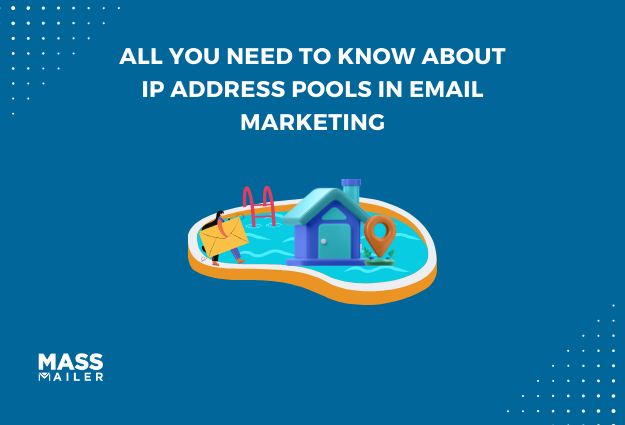
All You Need to Know About IP Address Pools in Email Marketing
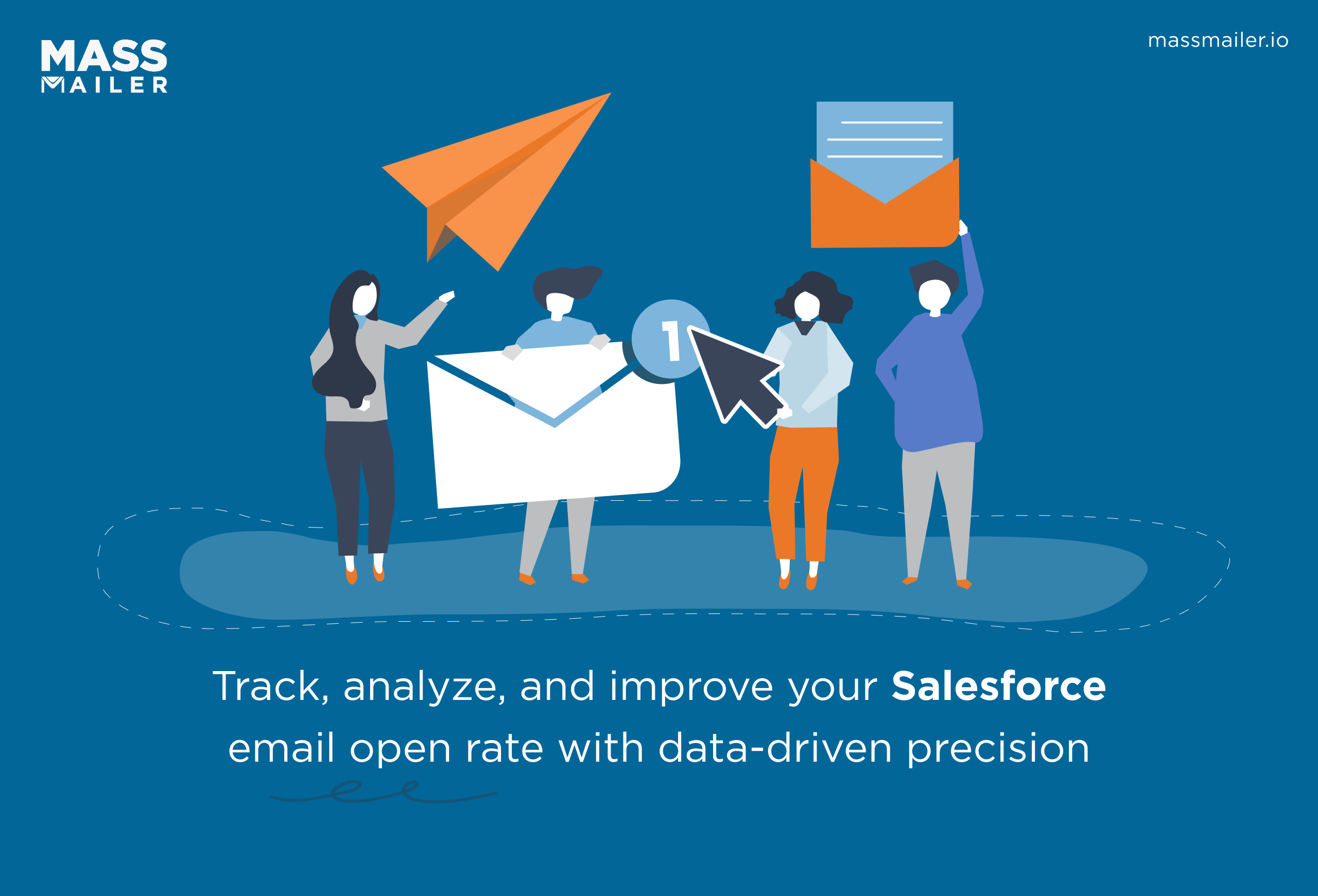
Salesforce Email Open Tate: How to Track and Improve
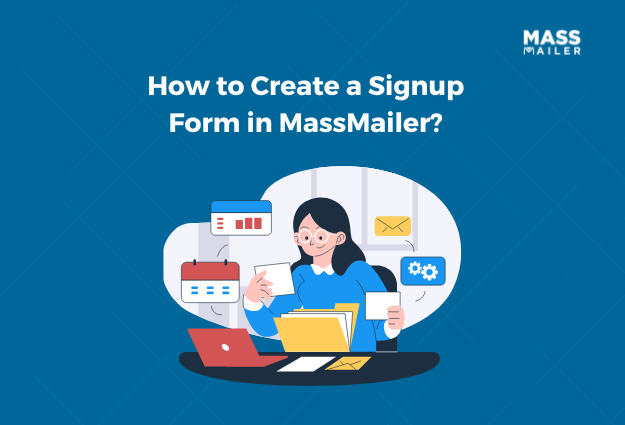
How to Create a Signup Form in MassMailer?
MassMailer Resources




